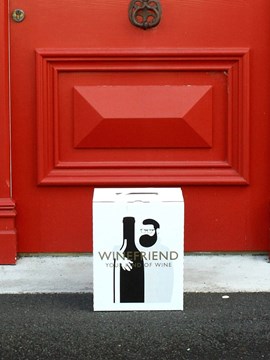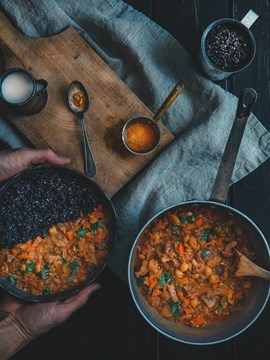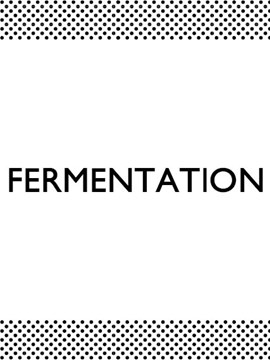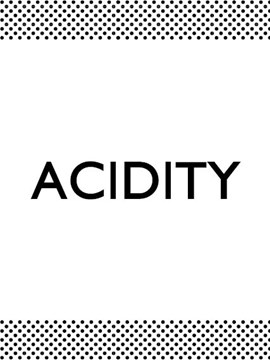You know when you taste a really creamy, complex white wine that makes you feel as though you’ve just stepped through the doors of a French bakery? Well, you’ve got lees to thank for those delectable notes of baked bread, brioche, rising dough, and the like.
So what are lees? They’re dead yeast cells. We know — so glamourous. But what lees may lack in allure, they more than make up for in the flavour department.
Once the active yeast cells involved in fermentation are done converting the sugar in the grape juice into alcohol and carbon dioxide, they die and settle into a sort of paste on the bottom of the fermentation vessel. If the winemaker so chooses, he or she can then regularly ‘stir’ the lees through the finished wine to add complexity, texture, and a creamy mouthfeel (a process known as ‘bâttonage’).
Lees stirring produces those mouthwatering biscuity, nutty, caramelised notes we love in certain sparkling wines and white wines — and the longer the wine ages on its lees (or ‘sur lie’ in French), the more pronounced those aromas and flavours will be. Aging on lees can run from a few months to a few years!




